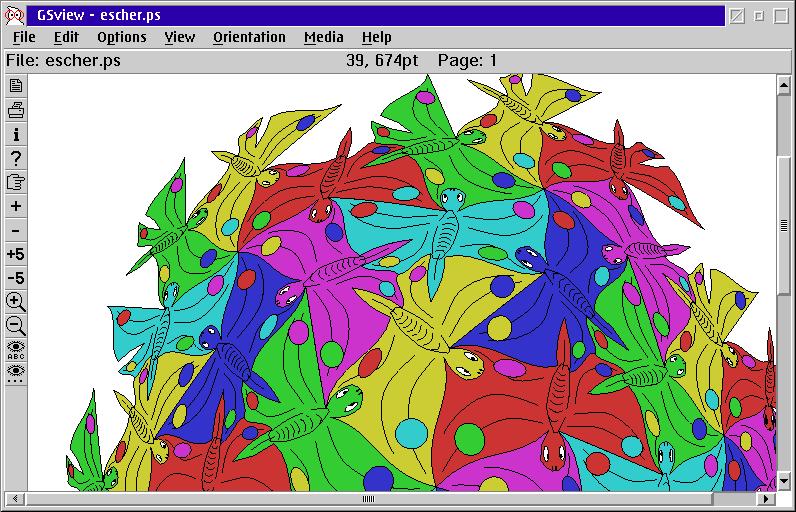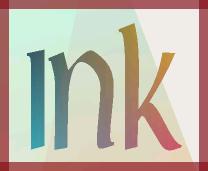|
SCOUG OS/2 For You - March 1999
One of the few areas I have been greatly disappointed in is that there's been no way under OS/2 to manipulate PostScript files and distill them into Adobe pdf format. Adobe, in its infinite wisdom, made its ubiquitous Reader program available for almost every current platform, but they chose to not release the full Acrobat package with Distiller & Exchange for OS/2. Shame! Every time I wanted to take that neat postscript file and make a pdf document, I had to boot the 'other' operating system to do it. Well boys and girls, worry no more. I have just tried the latest greatest version of Ghostscript with a graphical front-end interface, no less, called Aladdin GhostView. Works like a champ, it's freeware -- that's right -- freeware, and it views and prints Postscript files, Encapsulated Postscript files, and creates pdf files to boot. It has a bunch of printer drivers for non-postscript printers, and while I have had a limited amount of time to wring out the program, so far it has performed flawlessly. Not to mention that the graphical interface is clean & quick for changes, plus I like the icon a lot (a ghost with glasses). 
Here's what GhostView looks like with a postscript file loaded. Remember all those documents that IBM is fond of distributing in PS format? Well, now you can read them on screen and print them to your non-postscript printer no problem. Just don't let IBM know. Frankly, I had avoided this program because of hearing from others how difficult and finicky it was to set up, and some grumblings that there were serious deficiencies. Whatever, the current stuff is a one button breeze to install. Here's how to get and install the program. Use your favorite browser and
Scroll down and the web page has the OS/2 files listed and you can click on the links to download them. The files are:
The only file not mentioned here but also necessary is the emx runtime code, file name emxrt.zip (538,142k) available from the os2 supersite, the must have utilities site, and I think on an earlier SCOUG disk of the month. Anyhow, if you have a problem finding the file, let me know and I'll give you an exact URL. Installing is actually pretty easy. Take all of these zip files and copy them to a temporary directory. Then unzip the gsv27os2.zip file (only). You can do this to the same temporary directory. Next is tough -- type "os2setup" -- you got it. Assuming that you have all the rest of the stuff in the directory, everything will be extracted and put in a directory automatically. If you forgot to download the emxrt.zip file, you will get an error message. No big deal.
It's utterly cool. You'll be prompted for a couple of things when you first run the program, like where your postscript files are (c:\psfonts normally if you are booting from c:) and that's about it. You can go into a CONFIG menu at any time and change almost all of the program options and where it looks for files. You can choose your printer from a huge list that includes Epsons, HP's, dot matrix, and .... Whether you have a driver chosen or not, you can still perform the basic functions of opening a postscript (.ps) file, an .eps file, and distilling from all the above. While this sounds simple, it is not at least at the C++ level. So, it is very neat. And it is free (oh, did I say that?) Anyhow, when you consider that there've been no OS/2 programs to convert postscript to pdf files, I'm jazzed. When you consider that there are few (none under OS/2 that I remember) that let you directly look at postscript or Encapsulated postscript (eps) files on screen, it's a whiz. And for free, with a graphical interface, and pretty simple to install, share my enthusiasm and you will know why I'm jazzed. If you try the program(s), let me know your experiences. Write Tony@SCOUG.com
By day, Tony Butka is a bureaucrat for Los Angeles County. In his other life he lives in a loft surrounded by computers, printers, and a host of vinyl records.
P.O. Box 26904 Santa Ana, CA 92799-6904, USA Copyright 1999 the Southern California OS/2 User Group. ALL RIGHTS RESERVED. SCOUG, Warp Expo West, and Warpfest are trademarks of the Southern California OS/2 User Group.
|









